19/05/2022
Top 10 worst car recalls in the automotive industry history

Aivaras Grigelevičius
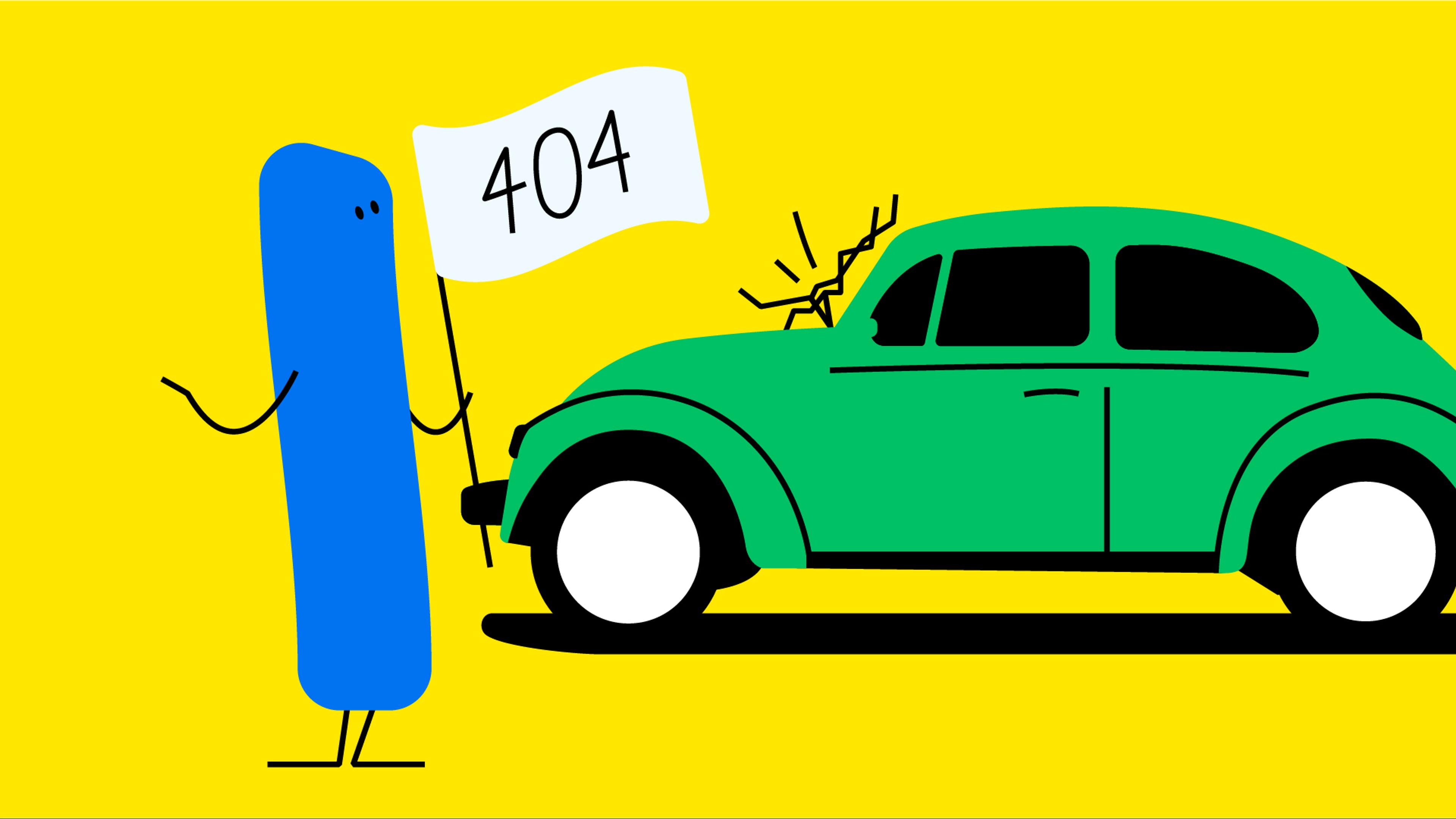
Nobody wants to buy a car that has flaws, making it spend more time in the shop than on the road. Consumers all agree that recalls are a pain: it’s not just that they can cause lots of inconveniences – occasionally, a faulty product can even be dangerous!
Yet recalls are certainly nothing new on the car market. So let’s take a closer look at some of the worst recalls in the history of the automobile.

Afraid of buying a wreck?
Check any VIN to learn a vehicle's history!
10. Volkswagen’s windshield wiper issue: 3.7 million recalled vehicles in 1972

- Recalled vehicles were made from 1949 to 1969
- Volkswagen changed the parts for nominal cost
- Most of the recalled cars were VW Beetles
In the United States, the Volkswagen Beetle and Volkswagen T2 were two of the most popular vehicles. In the 1960s, for example, Volkswagen Beetle sales soared into the hundreds of thousands. Volkswagen sold over 500,000 Beetles per year in the United States at the height of its popularity.
However, in the late 1960s, the National Highway Traffic Safety Administration (NHTSA) started receiving numerous complaints from Volkswagen vehicle owners. They stated that the windshield wipers became loosened, causing drivers to struggle to see the road in difficult driving conditions.
At first, it looked like it was an honest mistake. However, the NHTSA announced that Volkswagen had to look at this problem and find the solution if needed.
In response to the NHTSA’s claims, Volkswagen issued a recall and urged the owners to have their wipers checked and replaced if needed. The most outrageous aspect was that the owners later had to pay for new parts that were required to resolve the problem.
9. General Motors engine mounts: 6.68 million recalled vehicles in 1971
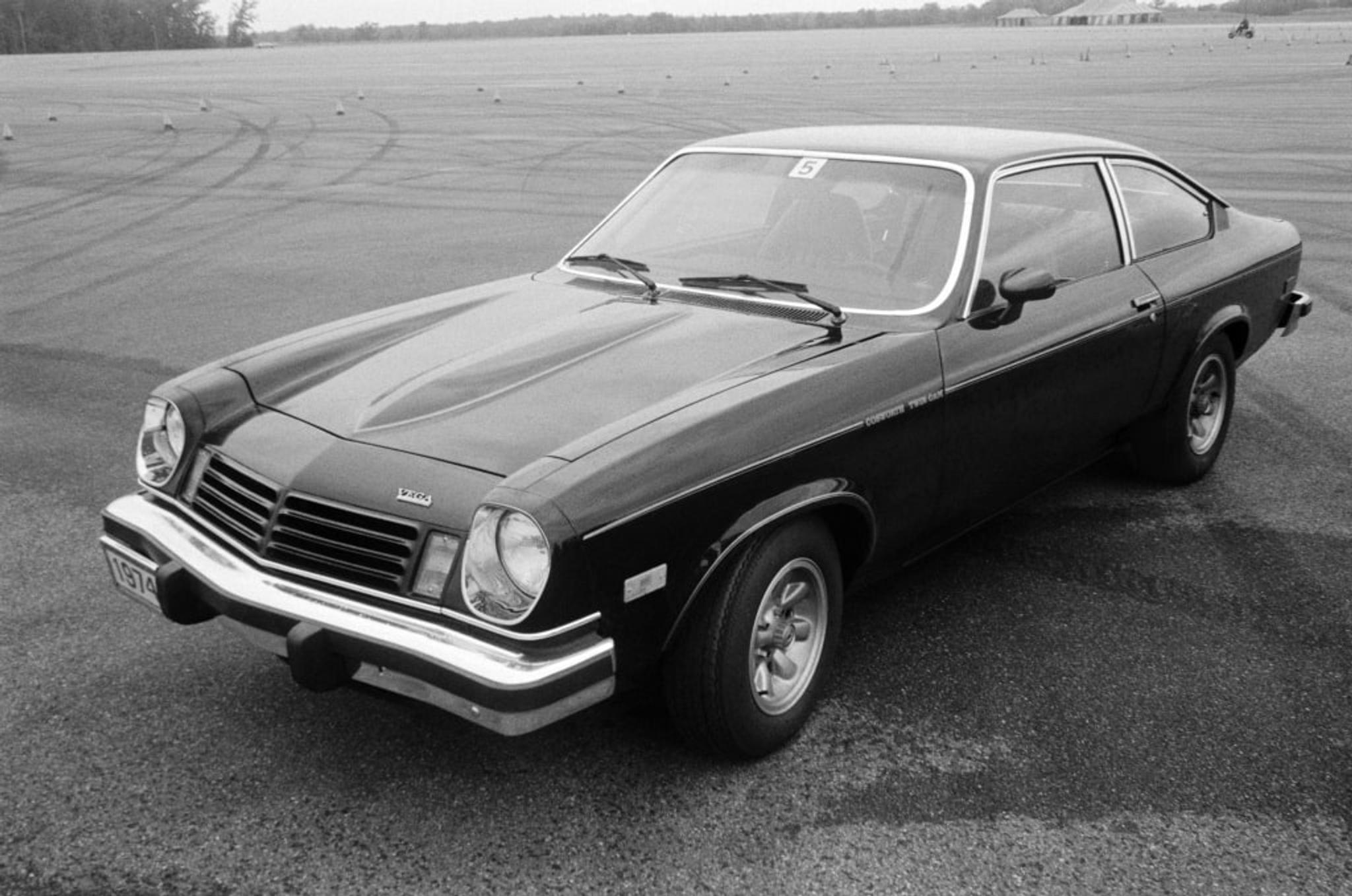
- First report of a broken Chevrolet motor mount published in September 1969
- 95% (6.68 million) of the affected vehicles were recalled, GM did not replace the defective mounts, but rather installed a bracket and cable to restrict engine movement
- GM admitted that they had been using the same mounts since 1958
For decades General Motors had a good reputation among million drivers across the United States. This stellar reputation was shattered when General Motors were subjected to a massive and severe recall in 1969.
A self-replicating chain of events occurs when an engine mount breaks. When the left-side mount fails, the engine rises, causing the accelerator linkage to open. This causes even more upward movement, and thus more opening of the accelerator linkage, until the engine’s movement is stopped by the closed hood. Furthermore, the upward movement of the engine pulls the power brake booster vacuum hose loose, greatly increasing the force required to stop the vehicle.
By 1971, there had been 172 reports of engine mount failure across the United States, resulting in 63 accidents and 18 serious injuries.
General Motors initially resisted the recall. Edward Cole, the President of General Motors at the time, stated that the failing engine mount issue was no more serious than a flat tire. Government officials were adamant, and General Motors was forced to recall nearly seven million vehicles.
Knowing that a nationwide recall will cost them billions of dollars, General Motors found a cheaper solution. The company designed a cable system to be attached to the engine and car frame to prevent the engine from rising and sending the car out of control even if the mount breaks. The cable and bracket assembly cost less than a dollar per car.
8. Ford Pinto tragedy: 1.5 million recalled vehicles in 1978
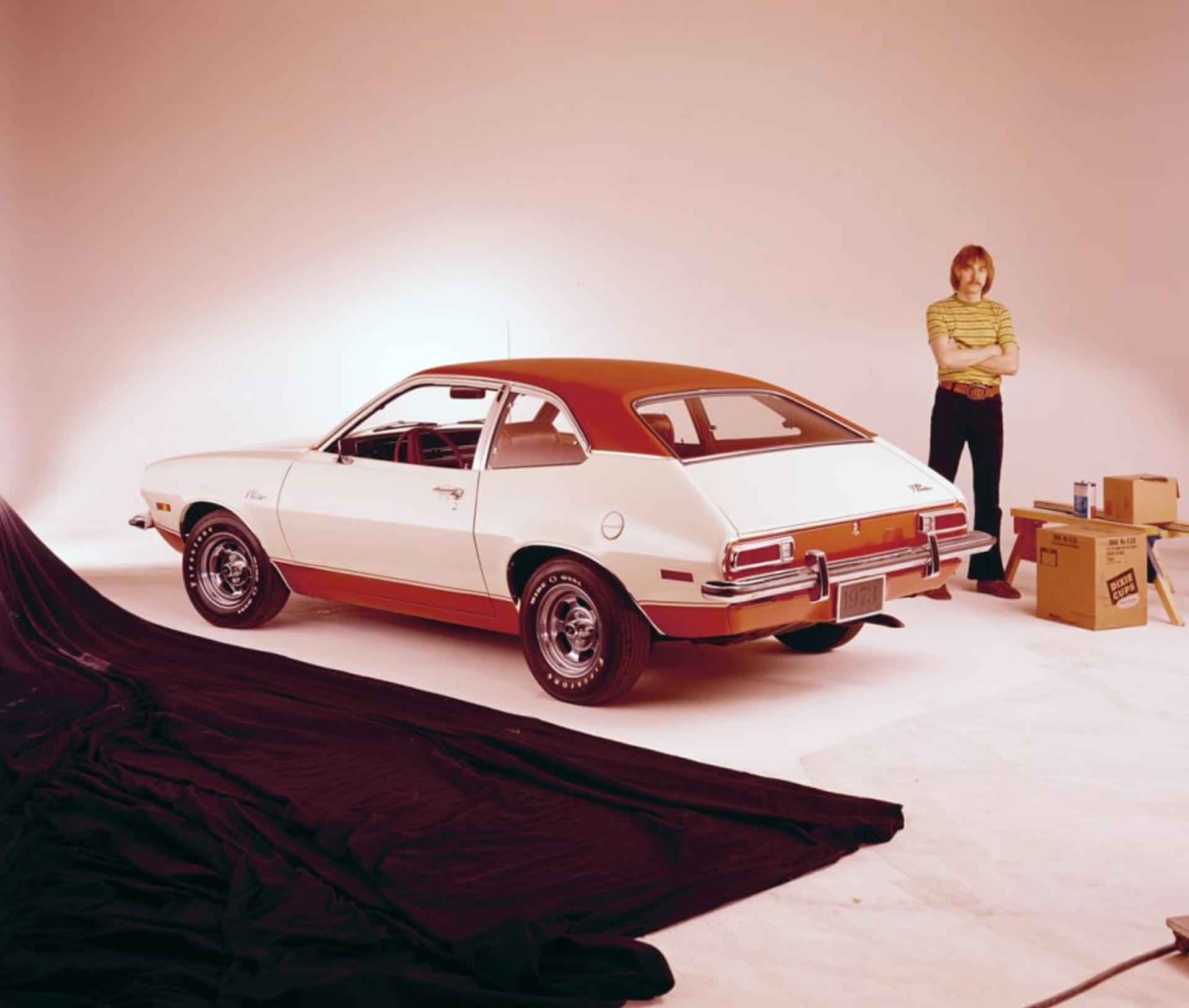
- The Ford Pinto recall has been cited and debated in numerous business ethics studies
- 27 deaths were tied to the recalled vehicle, though some estimates are far higher
- Ford estimated the recall cost at $20 million
The Pinto was introduced in 1971 to combat the rising tide of imports dominating the entry-level market. The car was a big hit for a while, selling 328,275 units in its first year on the market. However, the Pinto had a fatal flaw, which Ford was well aware of.
In a rear-end collision, the fuel filler neck could separate and puncture the fuel tank, spraying fuel into the passenger compartment and igniting it. In 1977, it was revealed that Ford was aware of the defect before the car was even manufactured but decided it would be too costly to fix — the cost of safely upgrading the fuel system would have added $11 to the price of each car.
To make matters worse, a leaked memo from 1973 detailed how many people would die each year due to the defect, as well as how much each lawsuit would cost the company. The note eventually concluded that this was a better option than spending the money to fix the problem. The public outcry was so strong by 1978 that Ford reluctantly made life-saving fuel system modifications and recalled 1.5 million Pintos.
7. The most expensive General Motors recall: 30 million recalled vehicles 2006-2014
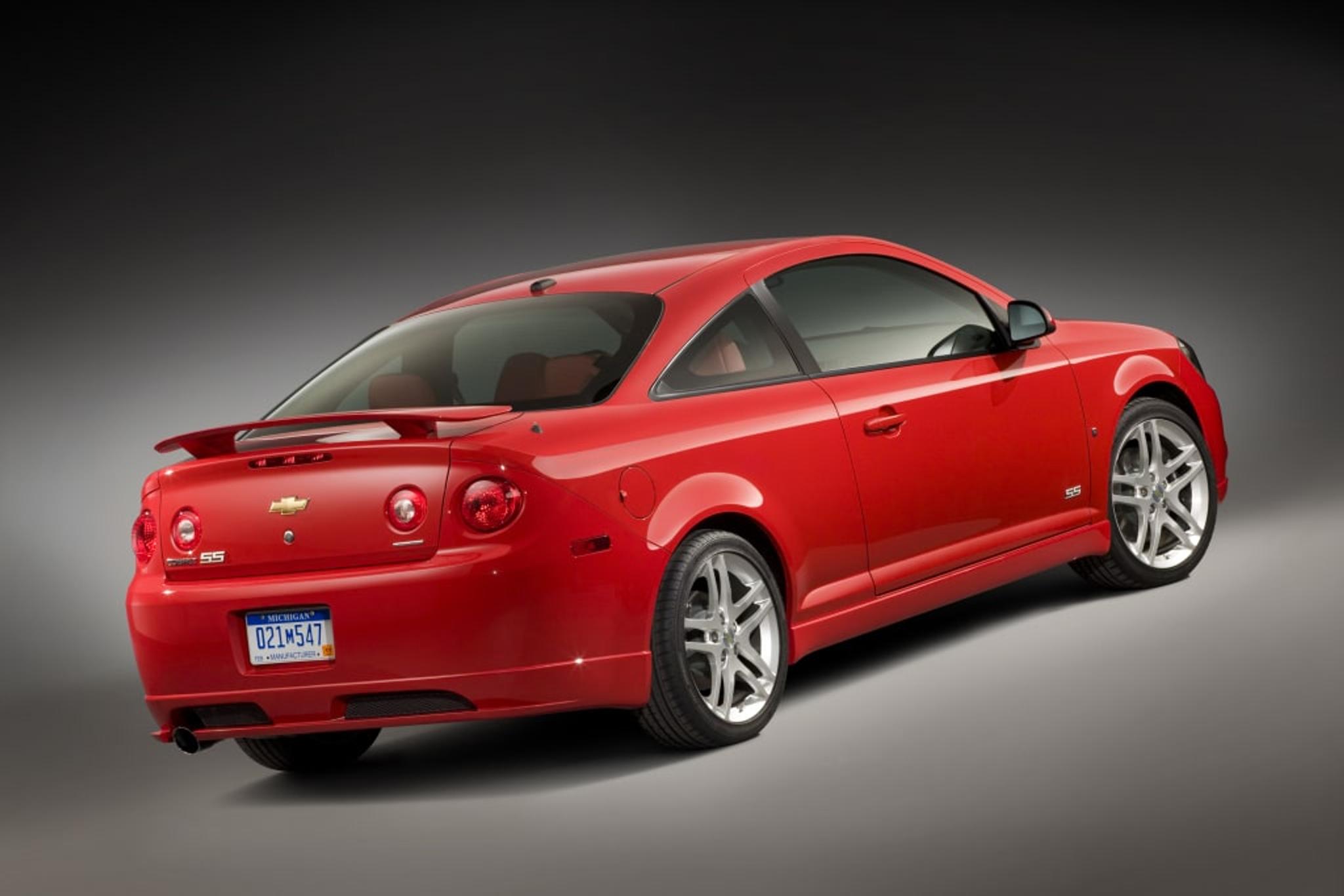
- General Motors had to recall nearly 30 million vehicles
- General Motors paid compensations for 124 deaths due to known design flaw
- General Motors paid $2.5 billion in legal costs and settlements related to the ignition switch defect
GM was forced to recall 98,000 Chevrolet Cobalt models in 2007 due to failing to meet federal safety standards. But this was only the start of GM’s problems with its compact car. Another 1.3 million vehicles were "recalled" in 2010 due to a faulty power steering system. An internal investigation later led to a continued recall campaign because more and more different vehicles were affected, resulting in nearly 30 million cars recalled worldwide.
The biggest design flaw in the Chevrolet Cobalt, which GM had carefully concealed since 2004, was an ignition switch that could disable safety systems such as airbags and brake assist while driving. This type of flaw could (and did) lead to fatal collisions.
GM decided to replace the defective part in 2006, but only in new vehicle models. The company agreed in 2014 to repair the ignition system in Chevy Cobalt and Pontiac G5 vehicles.
The US Department of Transportation fined General Motors $35 million in May 2014. In the first half of 2014, the company paid $1.7 billion in recall costs and set aside $550 million to compensate victims.
6. Toyota’s dangerous window switches: 6.5 million recalled vehicles in 2015

- Faulty window switches could potentially catch fire
- The recall included 2.7 million cars in North America alone
- Affected cars were produced between 2005 and 2010
Toyota is known as the most reliable automotive manufacturer in the world. The Japanese manufacturer has always ensured that every Toyota model is produced according to the highest quality standards. However, this time, Toyota got itself into quite the pickle.
Toyota issued a global recall in 2015 for 6,5 million vehicles, citing the need to replace power window switches that can short circuit and catch fire. After an internal investigation, Toyota claimed that some models did not receive enough grease during the manufacturing process.
Debris can accumulate at the electrical contact points due to a lack of grease, causing the switch to short circuit, overheat, and melt. The automaker said it had received 11 reports of the burnt door trim and one report of a customer with a burn on their hand from the United States.
In North America, 2.7 million vehicles were recalled, 1.2 million in Europe, and 600,000 in Japan. In the United States, 2 million cars were affected, with ten models spanning from 2005 to 2010.
5. Volkswagen’s “Dieselgate” scandal: 11 million recalled vehicles in 2016
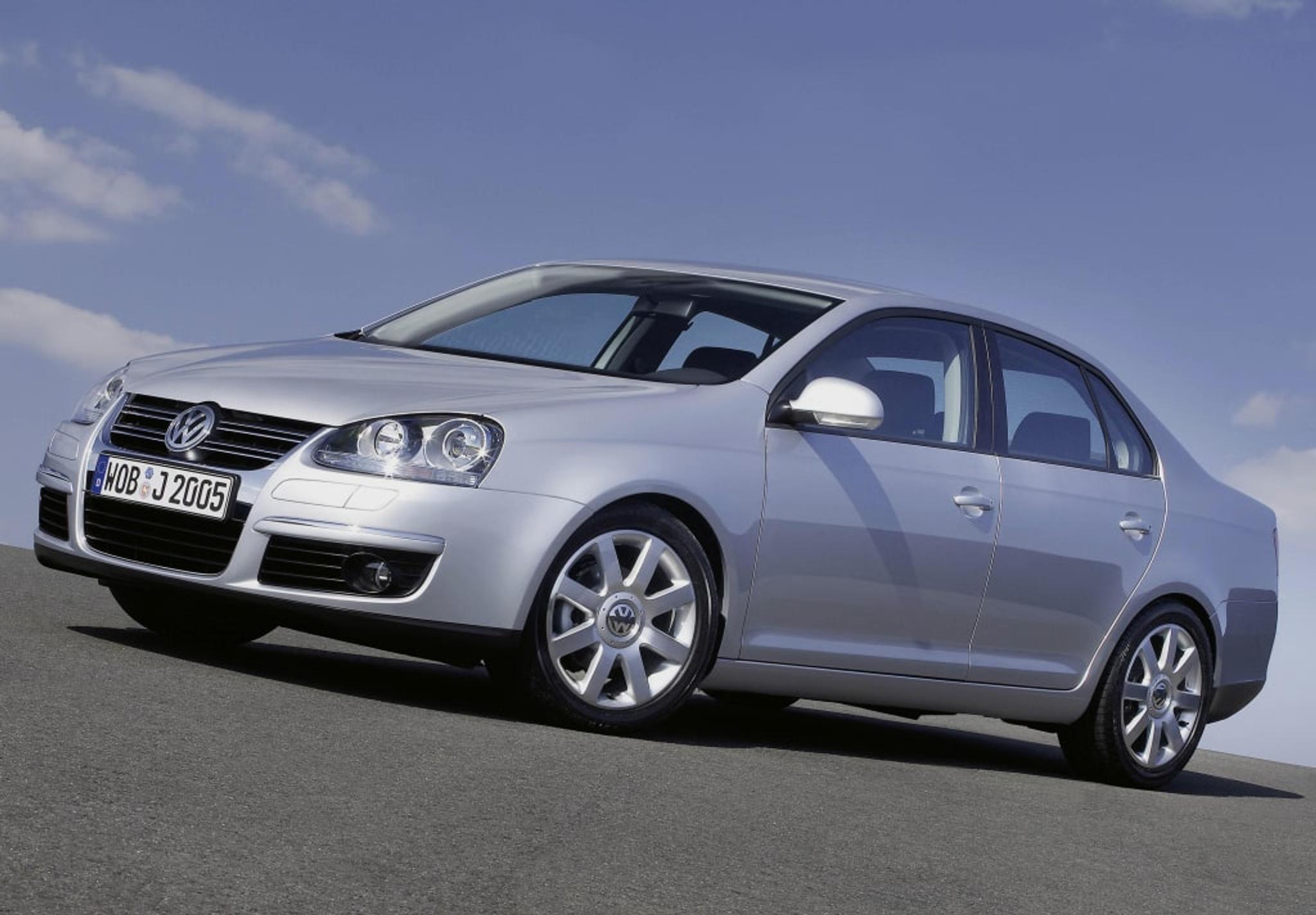
- Volkswagen was the first one to be fined for non-compliance with emissions requirements
- In early 2017, Volkswagen pleaded guilty in the United States to criminal charges
- Oliver Schmidt (former VW engineer) was sentenced to seven years in prison for his role in VW’s emissions cheating scandal.
This was one of the biggest automotive recalls in European automotive industry history. In 2015, Volkswagen announced plans to recall up to 11 million affected vehicles, fitted with so-called defeat devices. 5 million cars were from the Volkswagen brand, 2.1 million from Audi. In Europe alone, a total of 8 million vehicles were affected.
The first recall was issued in 2016, Volkswagen committed to repair the vehicles with 1.6-litre and 2.0-liter diesel engines. Most vehicles were fixed with updated software, but more than 1-million cars required various hardware solutions.
At first, Volkswagen admitted that the company set aside €6.5 billion to cover the costs. However, the cost of this recall was much higher. In the United States alone Volkswagen paid out $9.5 billion to defrauded drivers.
Overall, Volkswagen has received a bill of $40 billion in fines, court fees, and settlements.
4. Toyota’s three separate, but related recalls: 9 recalled vehicles in 2009-2010

- Toyota paid $1.2B for hiding the deadly “unintended acceleration” defect
- The Safety Research & Strategies firm discovered over 2,000 Toyota sudden acceleration cases involving 16 deaths
- 2.47 million cars were recalled in the United States alone (and approx. 9 million worldwide)
After reports of unintended acceleration in several vehicles, Toyota issued the recalls, the first two with the help of the US National Highway Traffic Safety Administration (NHTSA). The first recall was issued on November 2, 2009, to address a potential incursion of an incorrect or out-of-place front driver’s side floor mat into the foot pedal well, resulting in pedal entrapment. The second recall began on January 21, 2010, after it was discovered that some crashes were not caused by floor mat incursion.
This defect, dubbed Sticking Accelerator Pedal by Toyota, was identified as a possible mechanical sticking of the accelerator pedal, resulting in unintended acceleration. Toyota initiated the action in their Defect Information Report dated October 5, 2009, which was amended on January 27, 2010. In February 2010, Toyota issued a separate recall for hybrid anti-lock brake software, following the floor mat and accelerator pedal recalls.
Toyota recalled a total of 9 million vehicles around the world. Due to the accelerator pedal recall, sales of several recalled models were halted for several weeks while replacement parts were procured.
3. Ford problem with short-circuiting ignition switches: 22.7 recalled vehicles in 1996
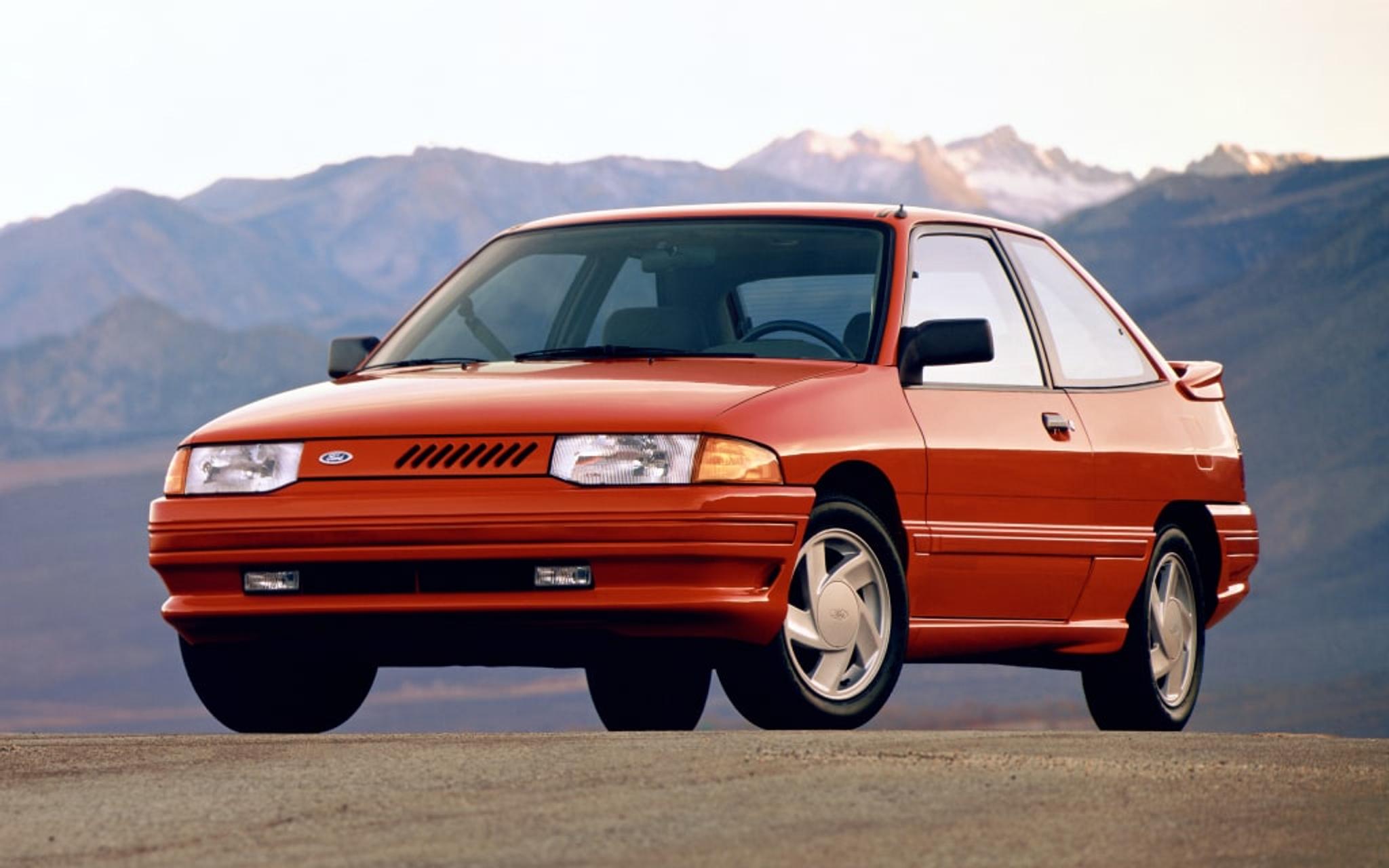
- At that time, it was a largest safety recall by a single car manufacturer
- Ford received reports of 2,000 fires that may have been triggered by the faulty ignition switch, causing at least 28 minor injuries
- The ignition switch was installed in 23 million vehicles between 1984 and 1993
The year 1996 was not kind to the American corporation. Ford was forced to recall over 20 million vehicles at the time, including popular models like the Crown Victoria, Mustang, Escort, and Explorer, Mustang, Escort, or Explorer.
The first recall, which impacted 8.7 million models manufactured between 1988 and 1993, was issued. They had short-circuiting ignition switches installed in them, which could cause them to overheat and catch fire. Furthermore, a short circuit can occur even when the vehicle’s engine is turned off. Ford spent around $200 million to repair the "burning fuses."
The corporation was forced to call in another 14 million vehicles a few months later. This was because it was discovered that when the brake pedal was depressed, a small electronic switch used to disable the cruise control function could overheat. This flaw could have resulted in a fire as with a faulty ignition. Ford spent an additional $280 million to repair the vehicles in this case.
2. Ford faulty transmission disaster: 23 million vehicles supposed to be recalled (but weren’t) in 1980

- The NHTSA had received 23,000 complaints about Ford transmissions, including reports of 6,000 accidents, 1,710 injuries, and 98 fatalities
- Ford admitted that the total amount of damages claimed in lawsuits on these transmissions was more than $1.7 billion
- Ford mailed 20 million car owners a sticker for their dashboard warning that "unexpected and possibly sudden vehicle movement may occur" if the car is not properly parked
The National Highway Traffic Safety Administration (NHTSA) published a shocking report on Ford cars manufactured between 1966 and 1980. It turned out that the gearbox, which was designed by an American company, had a design flaw that could cause the reverse gear to self-activate.
According to a journalistic investigation, Ford had been aware of the defect since 1972 but chose not to correct it, which would have cost $0.03 per car. NHTSA discovered that a defect in Ford cars had caused at least 777 accidents and 23 deaths. The NHTSA was ready to order the recall of 23 million Ford vehicles.
At that moment, Ford decided to reach out to the government to find a way out without making the company go bankrupt. After a while, the government dropped an investigation into the park-to-reverse problem that could have triggered the largest automotive recall in history. In exchange, Ford pledged to send warning labels to almost 23 million owners of Ford vehicles with automatic transmissions.
While Ford managed to avoid the biggest automotive recall in the industry history, the company had to face more than a hundred lawsuits. Various sources state that Ford paid more than $1.7 billion in settlements.
1. Takata airbag recall: 65+ million recalled vehicles so far
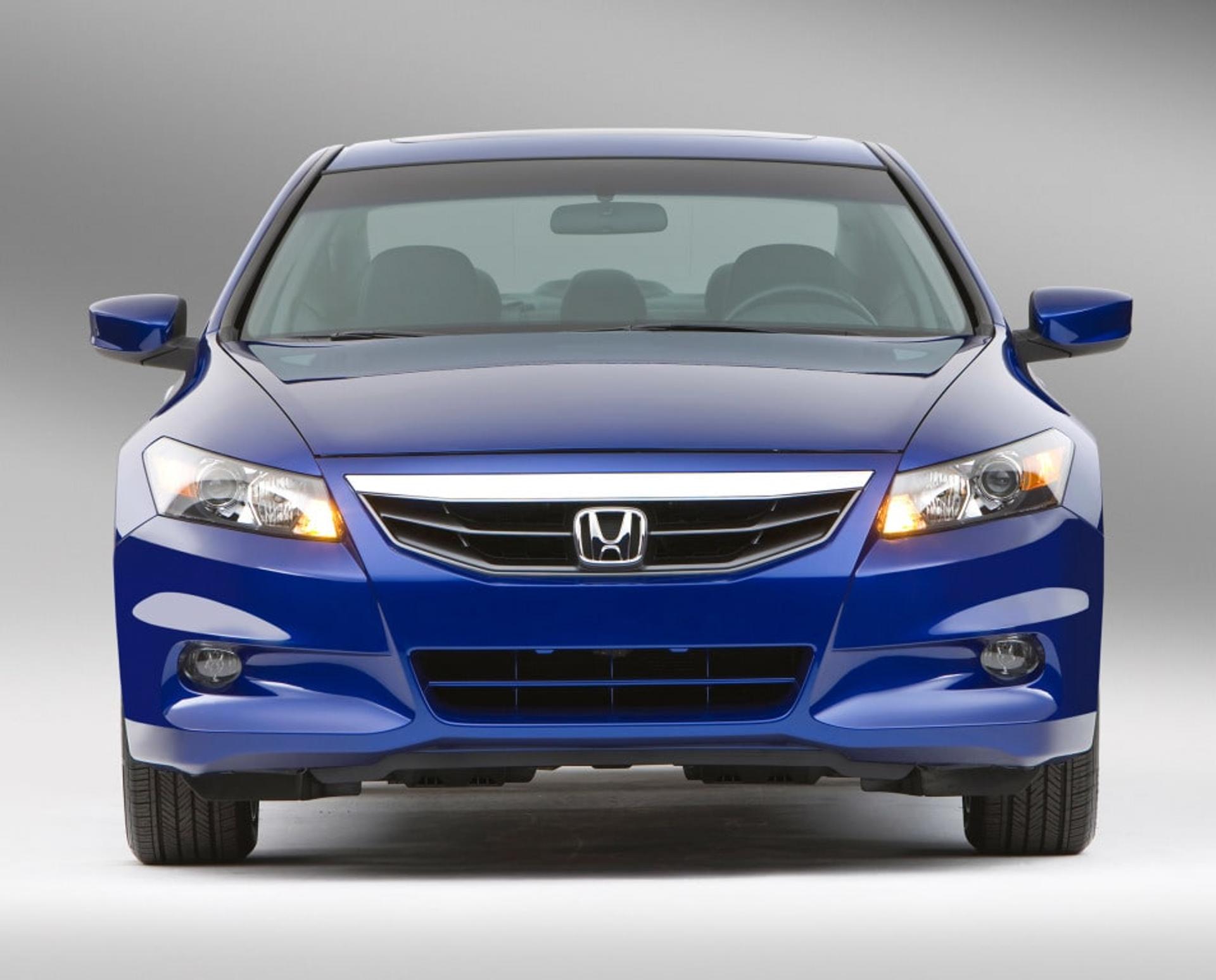
- Due to huge losses, Takata declared bankruptcy in 2017
- The first recall related to Takata airbags was announced in 1995
- Takata was one of the biggest airbag suppliers in the world
Takata, a Japanese company that makes, among other things, seat belts and airbags for many popular car models, has been involved in at least two high-profile automotive scandals.
The first one broke out in 1995 concerning seat belts used in Honda, Nissan, Chrysler, GM, Mazda, and Suzuki vehicles. The National Highway Traffic Safety Administration (NHTSA) discovered that Takata’s seat belt latch button was prone to breaking, which could result in the entire structure locking up and trapping the occupant. As a result, nine automakers have agreed to retrofit over 8 million vehicles with a replacement mechanism at the cost of $1 billion.
In 2013, a much more high-profile scandal erupted, involving faulty airbags that were said to explode and shrapnel metal into vehicle occupants. According to reports, the problem affects up to 30 million cars produced by ten of the world’s largest automakers.
According to a New York Times investigation, both Takata and Honda were aware of a manufacturing defect that could have killed at least six people as early as 2004. Still, they chose not to notify the National Highway Traffic Safety Administration. In the end, the US justice system fined Honda $70 million and Takata $14,000 for each day the company failed to cooperate with federal authorities.
Yet even after the company declared bankruptcy in 2017, the Takata recall kept on giving. 65-70 million vehicles with faulty Takata airbags were recalled by the end of 2019, with approx. 42 million still to be recalled.
More and more are recalled every year
The number of recalls issued by automakers is still at an all-time high. According to a study conducted by the Center of Automotive Management, 30.3 million passenger cars in the United States were recalled for safety defects in 2020 alone.
The figure was already over 18.6 million cars in the first half of 2021. This means that the recall rate, which measures the number of recalled vehicles as a percentage of new registrations for the year, will be above average in 2020 (2019: 219 percent) and the first half of 2021, at 227 percent.
Over the last ten years (2011-2020), the United States alone has seen an all-time low of more than 331 million vehicles recalled, representing a recall rate of 201 percent. Since 2011, 349.7 million passenger vehicles have been recalled, with H1 2021 being the most recent (204 percent recall rate). This means that more than twice as many vehicles were recalled to workshops as new cars were sold in the same period.
One time when recall was TV scam
In 1986, the German company became the victim of one of the biggest journalistic frauds in the history of American television. The authors of the CBS program ’60 Minutes’ suggested that the popular 5000 model had a factory defect that made the vehicle accelerate without any intervention from the driver.
The evidence in the case was supposed to come from the testimonies of Audi 5000 owners and an experiment conducted by the program’s authors. Viewers could see the vehicle accelerating without the driver sitting inside. What the viewers did not know, however, was that the TV crew had modified the test car and that the mysterious force that pushed it forward was a simple air compressor.
The German company consistently denied the Americans’ allegations and insisted that any accidents involving its cars were directly the drivers’ fault. In the end, it turned out that Audi was right. Independent tests carried out in the USA, Canada and Japan proved that the Audi 5000 model was completely free of manufacturing defects.
The manufacturer received an official apology, but the image damage was irreparable. Suffice it to say that while Audi sold over 75,000 cars in the USA in 1985, by 1991, it was down to just 12,000.
Avoid dangerous vehicles – get a history check
The car market – especially the used car market – is full of scams and dangerous vehicles. Outside of cars with issued recalls, you can find damaged machines or fake mileage readings.
To avoid getting a lemon, get a car history check before buying. It will tell you what the car has been through. At the very least, it will help you bargain or ease your mind.
And always remember to check if the car you’re buying has a dangerous defect in need of fixing!

Check your VIN
Avoid costly problems by checking a vehicle's history. Get a report instantly!

Article by
Aivaras Grigelevičius
Aivaras has been excited about cars since he was a little kid. Later, this passion for drivable objects (and everything that surrounds them) grew into work as an automotive journalist. Since then, Aivaras has written for several different magazines, covering anything with an accelerator pedal. He has a soft spot for cars with an Alfa Romeo badge.
